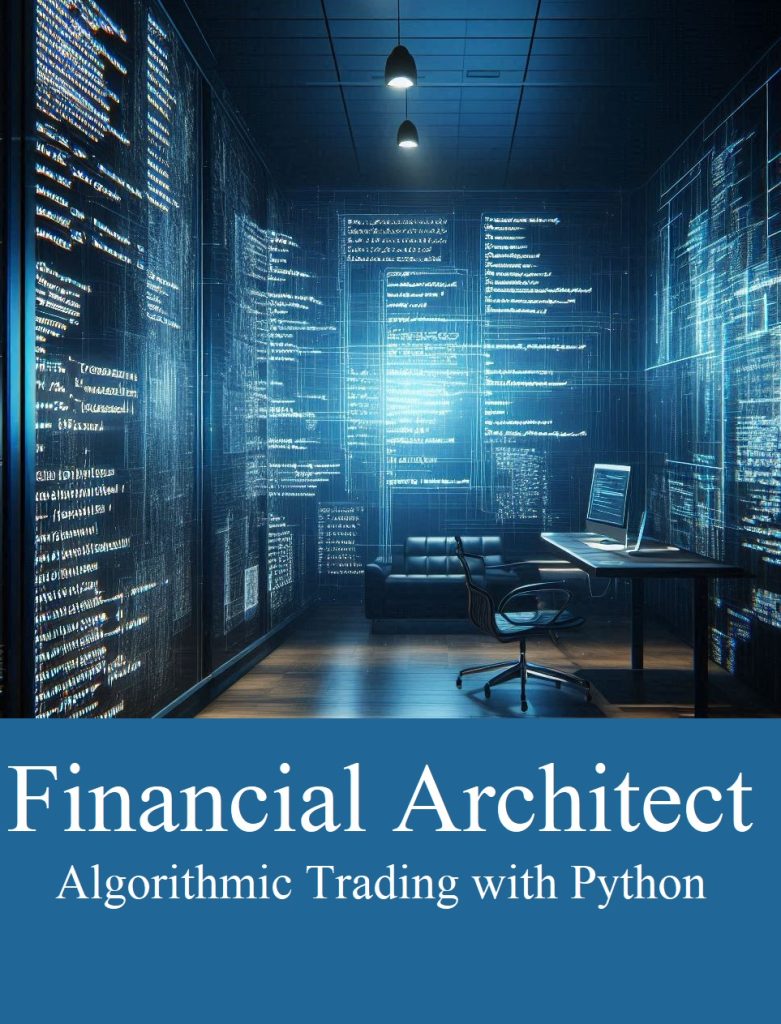Rewrite this article:
3. Develop a simple trading strategy
Let's develop a simple strategy based on moving average crossover. The strategy consists of buying when the short-term moving average crosses above the long-term moving average and selling when the opposite occurs.
# Calculate Moving Averages
data['SMA_20'] = data['Close'].rolling(window=20).mean()
data['SMA_50'] = data['Close'].rolling(window=50).mean()# Create Buy/Sell signals
data['Signal'] = 0
data['Signal'][20:] = np.where(data['SMA_20'][20:] > data['SMA_50'][20:], 1, 0)
data['Position'] = data['Signal'].diff()# Plot the data
import matplotlib.pyplot as pltplt.figure(figsize=(12,6))
plt.plot(data['Close'], label="Close Price", alpha=0.5)
plt.plot(data['SMA_20'], label="20-Day SMA", alpha=0.75)
plt.plot(data['SMA_50'], label="50-Day SMA", alpha=0.75)
plt.title('Apple Moving Average Crossover')
plt.legend()
plt.show()
This code calculates 20 and 50 day simple moving averages and generates buy and sell signals based on their crossing. The chart will visualize the strategy.
4. Backtesting Trading Strategies with Python
Now that we have a strategy, it’s time to test it. Backtrader is a powerful backtesting library that allows you to simulate the historical performance of your strategy.
import backtrader as btclass MovingAverageStrategy(bt.Strategy):
def __init__(self):
self.sma_20 = bt.indicators.SimpleMovingAverage(self.data.close, period=20)
self.sma_50 = bt.indicators.SimpleMovingAverage(self.data.close, period=50)def next(self):
if self.sma_20[0] > self.sma_50[0] and self.position.size == 0:
self.buy()
elif self.sma_20[0] < self.sma_50[0] and self.position.size > 0:
self.sell()cerebro = bt.Cerebro()
cerebro.addstrategy(MovingAverageStrategy)data = bt.feeds.YahooFinanceData(dataname="AAPL", fromdate=datetime(2020, 1, 1), todate=datetime(2023, 1, 1))
cerebro.adddata(data)cerebro.run()
cerebro.plot()
This backtesting script will simulate trades based on the Moving Average Crossover strategy, showing you how profitable it would have been over the selected time period.
5. Connecting to a broker for live trading
To move from backtesting to live trading, you need to connect your algorithm to a broker. Python's alpaca-trade-api is a popular library that allows you to connect to Alpaca, a commission-free broker.
pip install alpaca-trade-api
With this, you can place live orders based on the signals generated by your algorithm.
Advanced Strategies in Algorithmic Trading with Python
Once you're familiar with the basics, you can explore more advanced strategies, such as:
- Statistical arbitration:Exploiting price differences between correlated securities.
- Pairs Trading:Identify two related stocks, one undervalued and one overvalued, and place long and short positions accordingly.
- Machine learning:Using machine learning models to predict stock price movements based on historical data and other characteristics such as market sentiment.
Python machine learning libraries such as Scikit-learn, TensorFlow, and Keras can be used to implement these advanced strategies.
Conclusion
Algorithmic trading has transformed the financial industry by introducing speed, accuracy, and automation into the trading process. Python, with its vast ecosystem of libraries and ease of use, provides a robust platform for developing and testing trading algorithms. Whether you’re starting with simple moving averages or developing complex machine learning-based strategies, Python can help you navigate the world of algorithmic trading.
By following the steps outlined in this article and experimenting with different strategies, you can begin your journey into quantitative finance, potentially generating significant returns.
Source link
